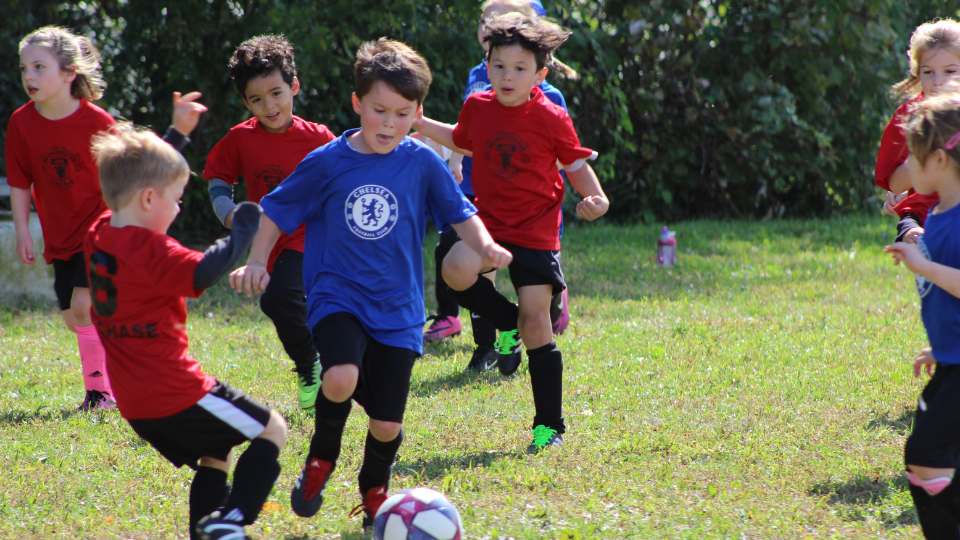Ask an Expert – Youth Sports Engagement: What’s Right for My Child?

Sports participation and viewing have long been traditions in most cultures, bringing people of all backgrounds together. Participation in sports can build character in youth and benefit them in multiple ways, but parents who want to provide enriching opportunities for their children may have questions about the pros and cons of sports. What if a child does not care for the competition that comes with organized sports? What if they get hurt? Is there a way to keep youth physically active outside of sports? Consider this list of pros and cons.
Pros of participating in sports: Participating can help prevent obesity through regular physical activity. Approximately 75% of U.S. youth play a sport. Exposure to many sports is physically and mentally beneficial for young children. It’s a good way for youth to have fun. It reduces screen time, eating out of boredom, and mental health concerns. Athletes are more likely to do well in school, avoid drugs, and make healthier food choices. Females are less likely to experience teen pregnancies when they participate in sports. Coaching does not require special training, certification, or skill for most adults who wish to fill the role. Sports build character, the ability to work well with others, and mutual respect among peers.
Cons of participating in sports: The risk of injuries is high. By age 15, 80% of youth stop playing sports. Too much emphasis can be placed on winning and being highly skilled. Busy schedules lead to eating more processed and less healthy meals. Adolescent sports participation disparities exist between races. The cost can be a burden on families. Lack of adult training can lead to sports injuries and youth attrition. Negative experiences can occur with coaches. The development of character, teamwork, and respect cannot happen unless coaches and parents teach these values to young athletes.
The Centers for Disease Control and Prevention (2022) recommends that youth ages 6-17 engage in 60 minutes of physical activity that increases the heart rate at least five times a week. If your child is not interested in sports, there are other ways to encourage regular physical activity. Keep in mind that youth will be more likely to engage in physical activity when it appeals to them and is fun.
As you search for ways to help your child engage in physical activity, talk to them to determine their interests. What does your child enjoy doing? What would they like to try? Alternatives to sports that can help keep your child physically active and healthy include: hiking, biking, dancing, night games in the neighborhood, jumping rope, boxing or martial arts, fossil digging and exploration, swimming, scavenger hunts in the neighborhood, gardening, jumping/exercising on the trampoline, and hula hoop contests.
For other ideas on ways to get the family moving together, check out the USU Extension Hidden Gems Adventure Guides.
Click here to see references and resources.
Contact
Eva Timothy
Eva.Timothy@usu.edu


 Utah 4-H & Youth
Utah 4-H & Youth